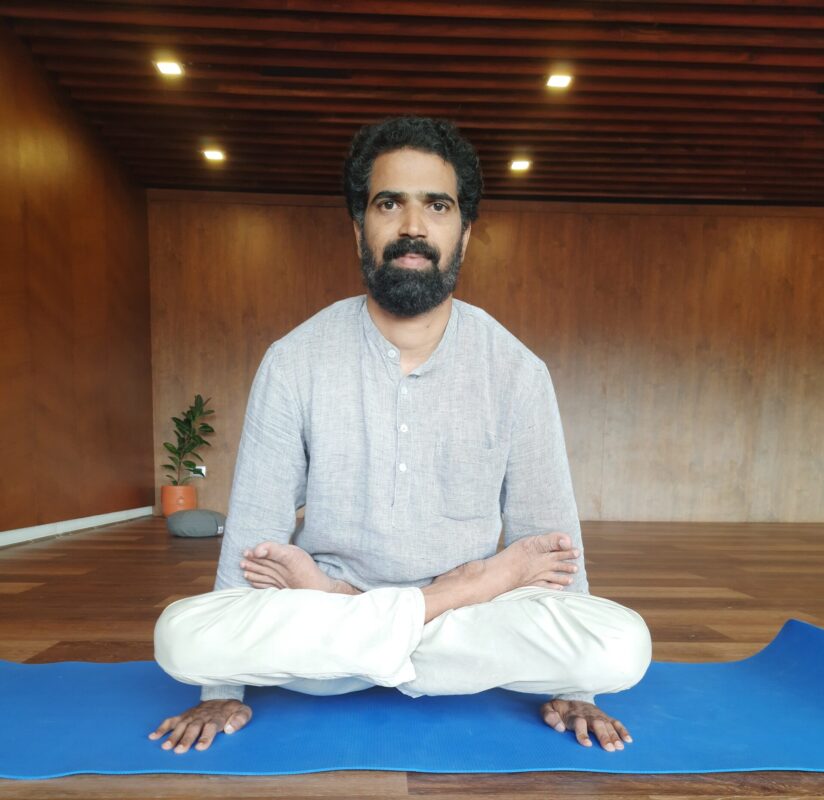
Transformational Traditional Healing Yoga Therapy (TTHYT)


Transformational Traditional Healing Yoga Therapy (TTHYT)

Power yoga is a general term used to describe a vigorous, fitness-based approach to vinyasa-style yoga.1 Though many consider power yoga to be superficial “gym yoga,” this style of yoga practice was originally closely modeled on the Ashtanga method.
Power yoga incorporates the athleticism of Ashtanga, including lots of vinyasas (series of poses done in sequence) but gives each teacher the flexibility to teach any poses in any order, making every class different. With its emphasis on strength and flexibility, power yoga brought yoga into the gyms of America as people began to see yoga as a way to work out.
Vinyasa stands in opposition to hatha. Hatha classes focus on one pose at a time, with rest in between.2 In contrast, flow classes string poses together to make a sequence.
The sequence may be fixed, as in Ashtanga, in which the poses are always done in the same order. But most of the time, vinyasa teachers have the discretion to arrange the progression of poses in their own ways.
In vinyasa yoga, each movement is synchronized with a breath. The breath is given primacy, acting as an anchor as you move from one pose to the next.
A cat-cow stretch is an example of a very simple vinyasa. The spine is arched on an inhale and rounded on an exhale. A sun salutation sequence is a more complex vinyasa. Each movement in the series is cued by an inhalation or an exhalation of the breath.

Hatha yoga focuses on posture and breathing techniques, traditionally to channel vital energy source. In Sanskrit, Hatha translates to force. The practice involves breath, body, and mind, and classes are usually 45 minutes to 90 minutes of breathing, yoga poses, and meditation.
Hatha yoga breathing techniques can be traced back to the 1st Century in both Buddhist and Hindu texts, but it was another 1,000 years before the use of yoga postures, or asanas, and breath control was recorded as a way to enhance vital energy.
Ashtanga centers on a vigorous physical practice that includes a series of poses linked together with breath to form a continuous sequence. The practice demands an intense level of physical strength, flexibility, and endurance, which explains why many people see it as a rigorous and challenging workout. Whether you’re just starting out in yoga, or looking for something new as your goals change, adding an Ashtanga yoga class to your daily workout is a good way to keep your mind and body healthy and strong.
The word Ashtanga is comprised of two Sanskrit words, “Ashta” and “Anga.” “Ashta” refers to the number eight, while “Anga” means limb or body part. Therefore, Ashtanga is the union of the eight limbs of yoga, into one complete, holistic system. These eight-limbs of yoga represent the various branches of the philosophy of the yoga sutras that form the foundation in the Ashtanga Yoga School. The Ashtanga philosophy is to integrate all of the eight limbs of yoga, which include: Yama (moral codes), Niyama (self-discipline), Asana (posture), Pranayama (breath control), Pratyahara (sense withdrawal), Dharana (concentration), Dhyana (meditation), and Samadhi (oneness with the self).

While some people practice yoga solely for physical exercise, Kundalini Yoga is more of a spiritual practice. It is meant to quiet your mind while, at the same time, opening your chakras so your energy can freely flow throughout your body.
This style of yoga has been associated with a few different benefits, both mental and physical, for both younger and older practitioners. Knowing what to expect can help you better prepare when beginning a Kundalini Yoga practice.
Kundalini Yoga is a combination of movement, breath (pranayama), meditation, and chanting. Its goal is not only to make the body stronger and more energetic, but also to increase your level of self-awareness and consciousness.

Meditation has been practiced for thousands of years. Meditation originally was meant to help deepen understanding of the sacred and mystical forces of life. These days, meditation is commonly used for relaxation and stress reduction.
Meditation is considered a type of mind-body complementary medicine. Meditation can produce a deep state of relaxation and a tranquil mind.
During meditation, you focus your attention and eliminate the stream of jumbled thoughts that may be crowding your mind and causing stress. This process may result in enhanced physical and emotional well-being.
BASIC & ADVANCED YOGASANAS,
PRANAYAMAM,MEDITATION,
KRIYAS,MUDRAS & BANDHAS,YOGANIDRA,YOGA PHILOSOPHY
SPECIAL MEDITATION COURSES.
DYNAMIC,KUNDALINI,CHAKRAS,MANTHRAS CHANTING,SATSANG & BAJANS
PERSONAL YOGA CLASSES (INDIDUAL)
SHORT YOGA COURSES 3 DAYS,5 DAYS,7 DAYS,10 DAYS
YOGA ALLIANCE INTERNATIONAL YOGA TTC ONLINE & OFFLINE CERTIFICATE COURSES
100 HOUR FOUNDATION YOGA COURSE
200 HOUR YOGA TEACHER TRAINING COURSE-BEGINEERS
300 HOUR YOGA TEACHERS TRAINING COURSE-INTERMEDIATE
500 HOUR YOGA TEACHERS TRAINING COURSE-ADVANCE
YOGA THERAPY CERTIFICATE COURSE.